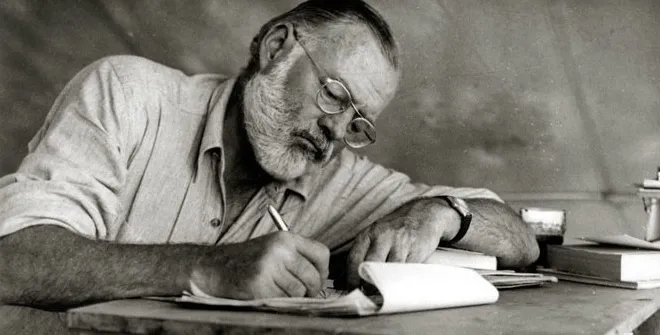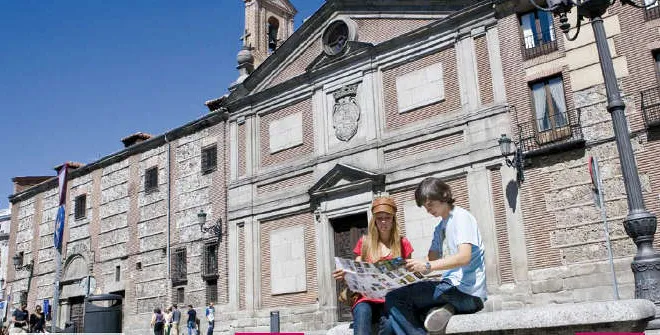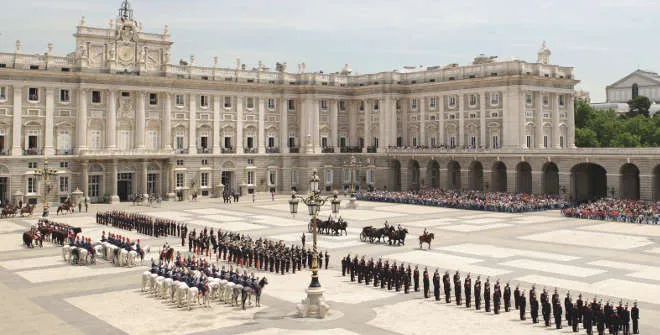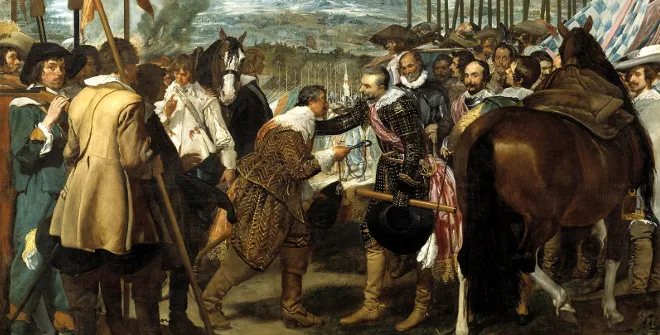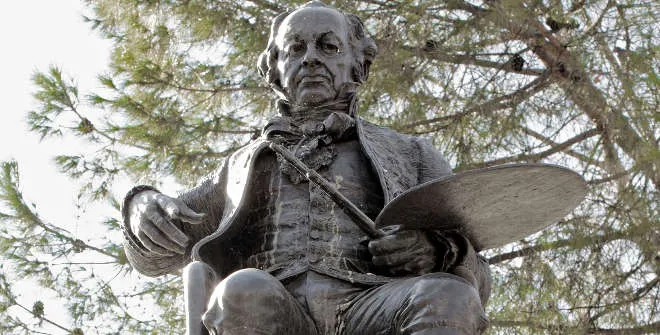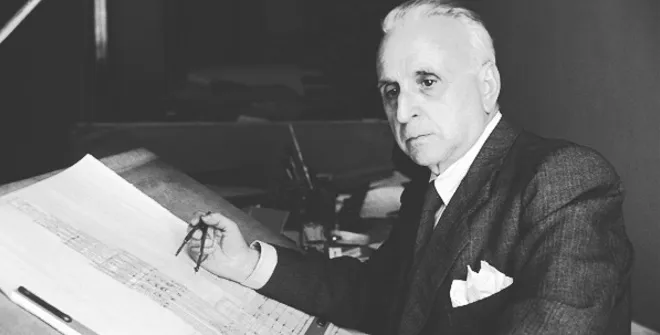Ernest Hemingway's Madrid
The city has changed a lot since Ernest Hemingway’s first visit in 1923, but we can still visit some of the establishments, hotels and museums that inspired the writer for books such as Death in the Afternoon or The Sun Also Rises. We invite you to follow in his footsteps.
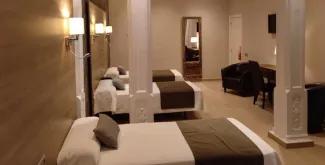
Aguilar
The writer stayed in this boarding house with his family between 1923 and 1926, according to his first biographer, Carlos Baker. This establishment can still be visited and his room was Number 7.
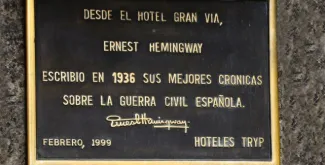
Hotel Madrid Gran Vía
The façade of today’s Tryp Gran Vía boasts of having been one of the places visited by the writer. Hemingway mentions the establishment in Night Before Battle and in The Fifth Column.
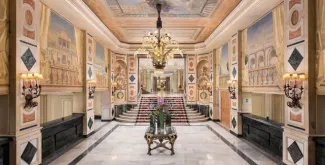
The Westin Palace
This hotel features in some pages of The Sun Also Rises: Jake and Brett: "wonderful gentility you can get in the bar of a big hotel ", whilst they watched how the barman works.
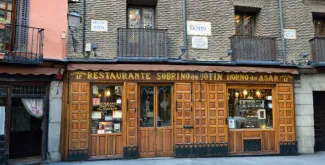
Botín
According to the restaurant owner, Hemingway used to eat roast suckling pig here. He claims that his grandfather tried to show the writer how to prepare paella, but without much success... The novel, The Sun Also Rises, ends with a scene in this dining room.
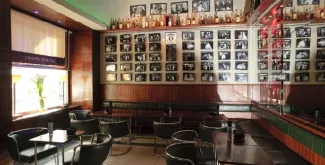
Museo Chicote
In his short story, The Denunciation, Hemingway uses the bar as a symbol of the affection its former clients and other foreigners like him felt for Spain. One of the scenes from his theatre play, The Fifth Column, is set in this bar.
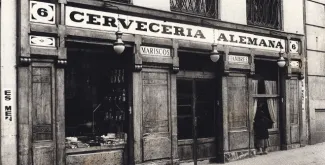
Cervecería Alemana
In an article published in Life magazine, under the name of The Dangerous Summer, Hemingway remembers this place, located in the central Santa Ana Square, as a good place to have beers and coffee.
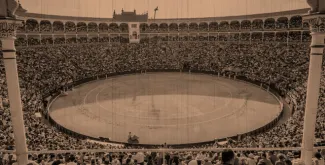
Las Ventas Bullring
"If you really want to learn about bullfighting, or if you are ever very interested, sooner or later you will have to go to Madrid". Quote from Death in the Afternoon, a classic of bullfighting literature.
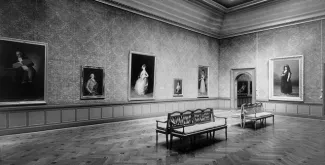
Prado Museum
The writer was passionate about the museum’s works. Indeed, in 1936, he celebrated the fact that the Government moved some of the museum’s major works to Valencia so that they would not be damaged by the bombings that besieged Madrid until 1939.
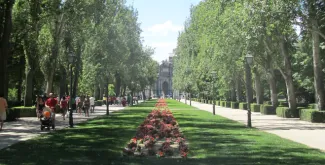
El Retiro Park
El Retiro appears in For Whom the Bell Tolls. During Robert Jordan’s daydreams, a park in Madrid with gardens and a wide variety of trees is mentioned, where he and Maria could be happy.
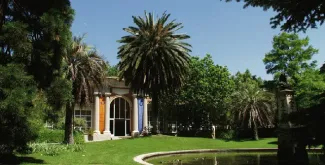
Royal Botanic Gardens
The Botanical Garden also appears in For Whom the Bell but as a “reflection of the smell of approaching death”, in reference to the outcome of the war.
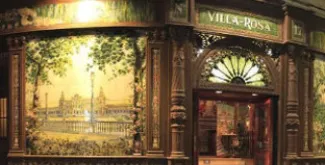
Villa Rosa (now Tablao Flamenco 1911).
This renowned flamenco house, a landmark of the most traditional Madrid nightlife, was regularly frequented by the writer, Ernest Hemingway.
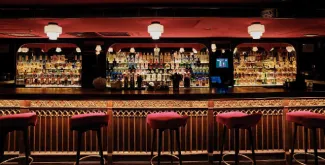
NH Collection Madrid Suecia
The American writer often stayed at this hotel during his last visits to Spain in the 1950s. It is also home to the Hemingway Cocktail Bar, which has kept his name alive on its cocktail list.
